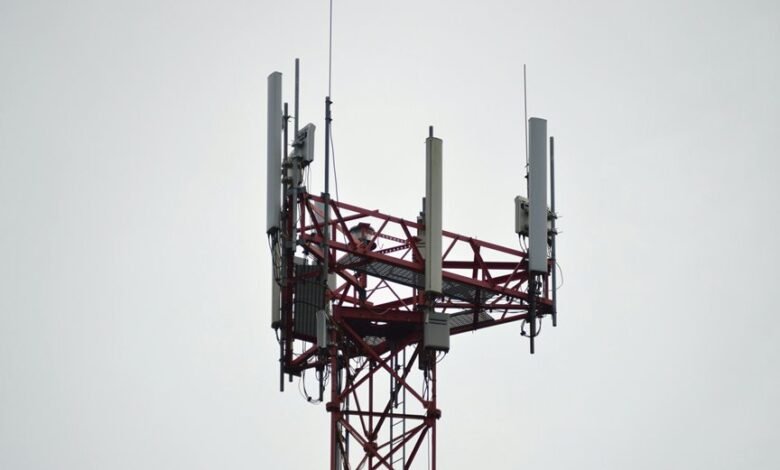7587 Busy Signal Frequency Tracking

7587 Busy Signal Frequency Tracking represents a critical advancement in telecommunications. This method focuses on the electromagnetic frequencies associated with busy signals, enabling precise monitoring and analysis. By employing sophisticated frequency analysis techniques, it enhances network management and service reliability. The implications of this technology extend beyond mere signal identification. Understanding its mechanisms and applications can provide insights into improved communication efficiency and user satisfaction. What unfolds next in this evolving field warrants further exploration.
Understanding Busy Signals and Their Importance
Busy signals, an auditory indication of an engaged telephone line, play a crucial role in telecommunications by informing callers that the intended recipient is currently unavailable.
Through busy signal analysis, network efficiency is optimized, allowing users to allocate time and resources effectively.
This feedback mechanism ensures communication efficiency, ultimately empowering individuals to pursue alternative connections or engage in other activities while awaiting availability.
How 7587 Frequency Tracking Works
The 7587 frequency tracking method utilizes a specific range of electromagnetic frequencies to monitor and analyze busy signals within telecommunications networks.
This approach employs advanced frequency analysis techniques, enabling precise signal monitoring. By isolating relevant frequencies, the method effectively identifies patterns and variations in signal activity, providing critical insights into network performance and user access, thereby enhancing overall communication efficiency.
Applications of Busy Signal Frequency Tracking
Applications of busy signal frequency tracking extend across various sectors within telecommunications, offering significant benefits in optimizing network management and resource allocation.
Techniques such as busy signal detection and frequency analysis enhance service reliability, enabling efficient handling of call traffic.
Benefits of Implementing Frequency Tracking in Communications
Implementing frequency tracking in communications systems yields several critical advantages that enhance overall network performance.
Notably, it results in improved reliability by minimizing signal disruption and optimizing resource allocation.
Furthermore, enhanced efficiency is achieved through precise frequency management, allowing for better bandwidth utilization and reduced latency.
These benefits collectively contribute to more robust and responsive communication networks, fostering user satisfaction and operational effectiveness.
Conclusion
In conclusion, 7587 busy signal frequency tracking enhances communication networks by refining signal analysis, optimizing resource allocation, and minimizing disruptions. It elevates user satisfaction through improved call connectivity, fosters efficient network management by identifying patterns, and bolsters service reliability by reducing busy signal occurrences. As telecommunications continue to evolve, the integration of such advanced frequency tracking methodologies is essential for sustaining effective communication channels, ensuring seamless user experiences, and reinforcing the overall integrity of network operations.





